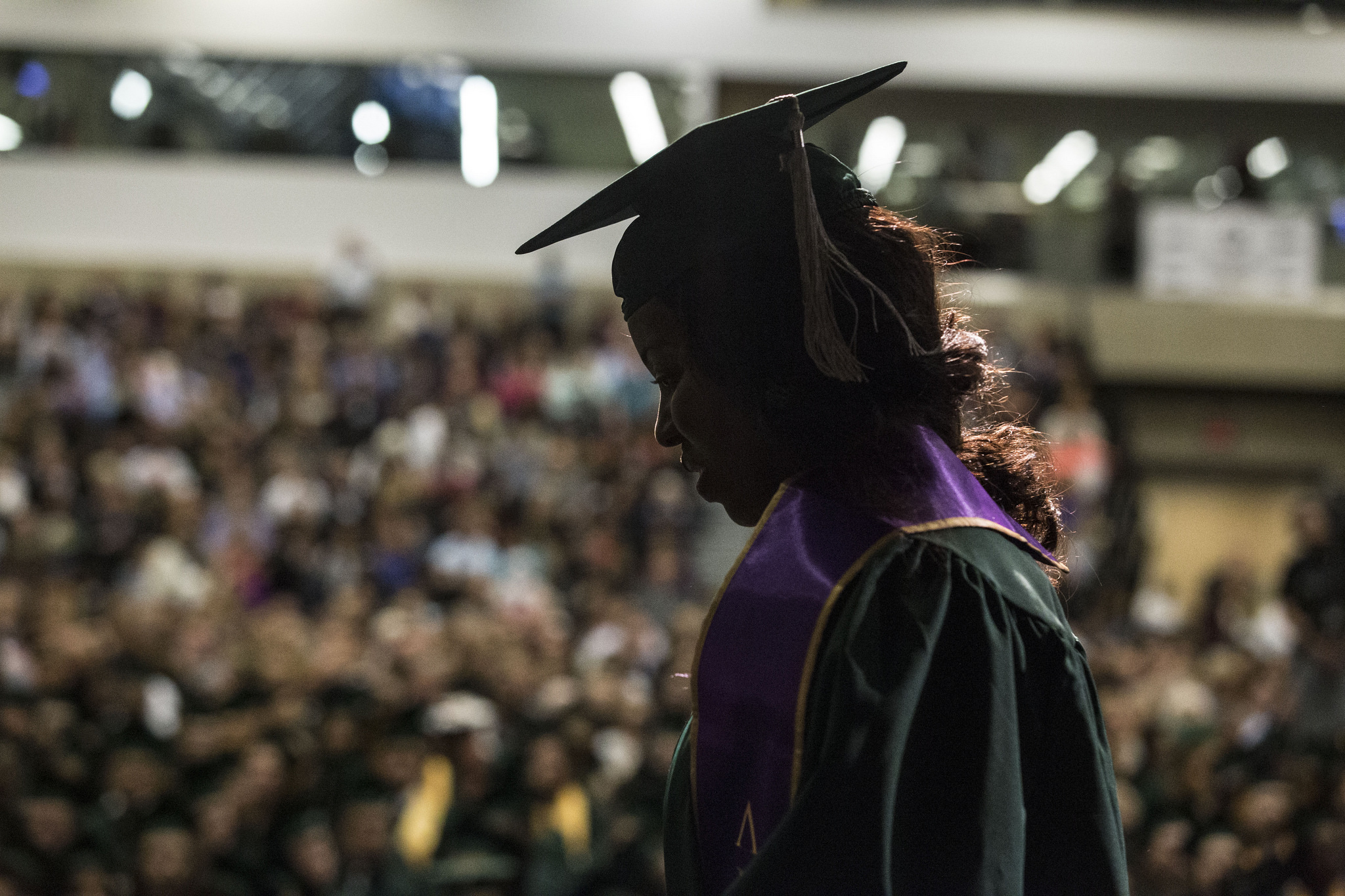If you want to know which colleges and universities are likely to benefit most from the massive spending bills currently being negotiated in Washington, scan the top rungs of the Washington Monthly’s college rankings, released today. The Monthly rates institutions of higher learning on the degree to which they recruit and graduate students of modest means, produce the scholarship and scholars that drive economic growth and human flourishing, and encourage students to be active citizens and serve their country. These criteria line up almost precisely with the new funding priorities of Congress and the Biden administration.
The Washington Monthly’s measures are quite different from those of U.S. News & World Report, which reward colleges for their wealth, prestige, and exclusivity. The very different yardsticks lead to quite different results:
- 17 of the top 30 schools on the Washington Monthly’s national universities list are public. In the U.S. News ranking, 25 of the top 30 national universities are elite private ones.
- The public universities on the Monthly’s roll range from prestigious flagships like University of California, Berkeley, to schools that don’t even make U.S. News’ top 50—such as University of Minnesota Twin Cities (20 on ours, 66 on theirs) and Iowa State University (27 on ours, 118 on theirs).
- Several brand-name schools that rate well on the U.S. News rankings lag on the Monthly’s. Tulane, Pepperdine, and Baylor, which come in at 41, 49, and 76 respectively on U.S. News’ list of national universities, plumb the depths of the Monthly’s at 274, 290, and 314 respectively.
- Among the colleges likely to be rewarded by the historic spending bills are Elizabeth City State University. This historically Black public institution in North Carolina ranks 13 on the Washington Monthly’s list of bachelor’s colleges because it enrolls and graduates relatively large numbers of students on Pell Grants and charges only $1,900 in annual tuition for low- and moderate-income students.
- Among the better-known colleges likely to miss out on federal funding is Hofstra University, number 373 on the Washington Monthly’s list of national universities—18 from the bottom and 213 places lower than it ranks on U.S. News’ roll. This private New York institution enrolls and graduates fewer Pell students than its student body’s standardized test scores and the state’s demographics would predict, and it charges students from families earning $75,000 a year or less a whopping $30,000 in annual tuition.
“U.S. News’ methodology both reflects and aggravates the higher education sector’s increasing tendency to shower resources on students from affluent backgrounds while sending a trickle to those from poor, working-class, and minority families,” says Washington Monthly editor in chief Paul Glastris. “That in turn exacerbates the racial and class inequality that is tearing the country apart.”
Other rankings in the September/October issue of the Washington Monthly include the Best Liberal Arts Colleges, Best Master’s Universities, and America’s Best Bang for the Buck Colleges as broken down by region.
In addition to the rankings, this issue of the Monthly offers deeply reported stories and hard-hitting essays on American higher education’s biggest failings—and its hidden successes, including:



